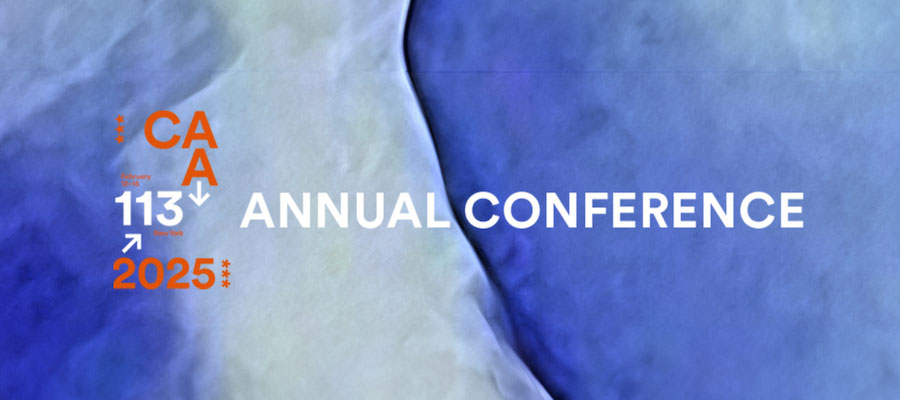Moving Pictures, Living Objects, ICMA-sponsored session at the 113th College Art Association Annual Conference, New York City, February 12–15, 2025
Many premodern objects require human interaction to animate them and reveal their contents: turning the pages of manuscripts, moving the hinged limbs of figurative sculpture, unrolling scrolls, or opening screens. Others involve the dynamic effects of natural light. Like films or music, many medieval works invite sequential viewing that incorporates repetition and revelation. In art historical research, images do not merely illustrate arguments, they evidence them as much as written text does. Art historians abandoned their slide projectors long ago and have recently embraced e-publishing, but static imagery remains the dominant format for illustrating conference talks and academic publications. However, static images fail to capture aspects of performance essential to the function and meaning of many medieval objects. This session proposes to experiment with a shift in format, one that uses videos or the many tools now available for the analysis of artworks: rotational 3D scans, IIIF, Augmented Reality, Virtual Reality and 3D reconstructions. The session will be the first on premodern art to be exclusively illustrated with moving pictures, testing the boundaries of performativity and reception and questioning how we analyse, discuss, illustrate, and display artworks. This conversation is timely, as we move away from art histories that prioritised European fine art—traditionally static and displayed in galleries—to a more inclusive and diverse definition of art. We are planning a special-issue journal on this theme, illustrated by moving images.
The 90-minute session will consist of an introduction by the session organizers; 5 speakers each presenting a 5-minute video and a 7-minute analysis/discussion; and a Q&A.
Organizers
Prof. Heather Pulliam, University of Edinburgh
Prof. Kathryn Rudy, University of St. Andrews
